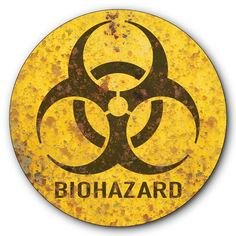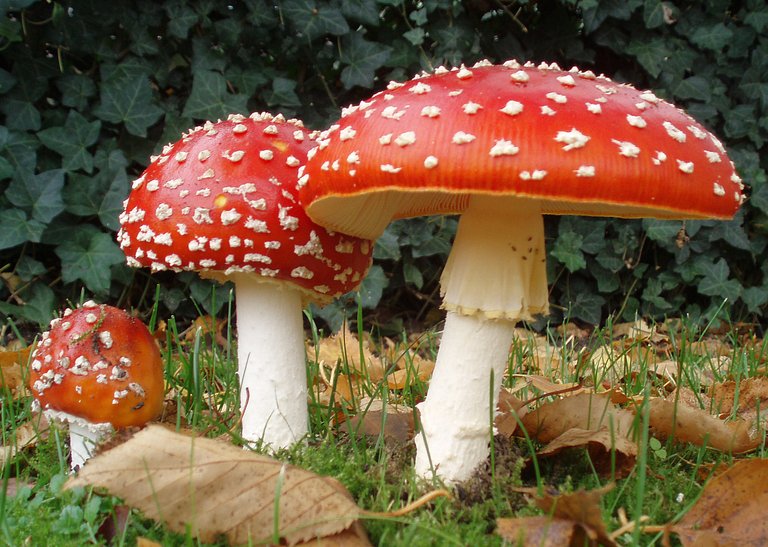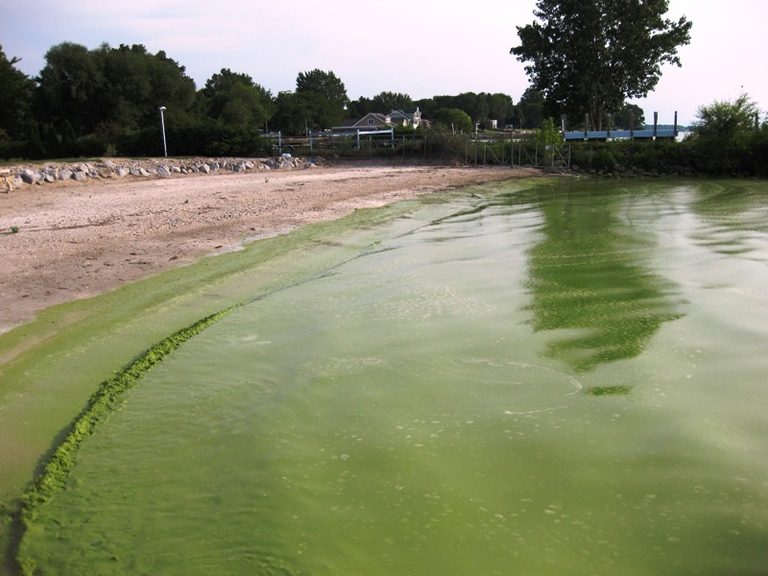Think single-celled organisms are too simple to undertake chemical warfare?

In fact, many bacteria, fungi, and algae do so all the time. My previous post, Bacteria not only spear their enemies, they arm their allies too!, focused on the harpoon-like physical part of the attack. However, the point is not merely to harpoon their victims, but to inject them with poisons or proteins that otherwise trick them into not fighting back against the attacking bacteria.
Humans as collateral damage in microbial warfare
Aflatoxins
Fungi produce many powerful toxins, some of which can be quite harmful to humans. Those fungal toxins affecting crops are called mycotoxins. For example, it’s wise to avoid eating nuts that have gone moldy, because of the poisonous and cancer-causing aflatoxins produced by certain molds (fungi). These toxins can be particularly harmful to children. This is why our species has evolved to find molds smelly and undesirable.
The poisonous mushroom Amanita muscaria is only one of many such species.

Such toxins also protect the species that produce them by making them less likely to be eaten. Some mushrooms, which are multi-cellular formations of fungi, can be deadly if eaten. On the other hand, we have the great benefits of penicillin and many other antibiotics because fungi evolved the ability to produce them in order to compete with bacteria.

Harmful Algae Blooms (HABs)
An intense algal bloom.

These are now often associated with the increased supply of nutrients by human activities to lakes and coastal marine areas. The increased supply of nutrients does seem to make certain HABs more likely, and therefore reducing nutrient inputs may reduce their frequency. However, they are natural phenomena, known from hundreds of years ago.
Some algae produce toxins to suppress their competitors. Killing off, or at least stunting, their competitors leaves more nutrients for them. For example, several species of the genus Nitzchia and Pseudo-Nitzschia produce the neurotoxin domoic acid, which poisons shellfish and can even kill humans who consume the contaminated shellfish.
Algal blooms and HABs can cover large areas, as in this image of the “Dead Zone” in the Gulf of Mexico.

HABs, often called “Red Tides”, have important economic impacts on tourism and recreation as well as fisheries. For example, Bloom and bust: Algae takes a heavy toll on Florida tourism. GEOHAB, Global Ecology and Oceanography of Harmful Algal Blooms has been established to coordinate studies of HABs globally.
Fish killed by aglal toxins.

I don’t currently have any projects studying HABs, but I’d like to in the future. I’ve been looking for sources of funding to do such studies together with my colleagues Aletta Yñiguez from the Philippines and Andy Fischer from Australia.
S. Lan Smith
Kamakura, Japan
September 19, 2016
Thanks to those who produced and made freely available the images used herein.
I think a really interesting post could be made talking about bacterial toxin and antitoxin relationships. How bacteria attack and counter the attacks against one another. It's actually quite fascinating!
Thanks! That's a good idea.
Nature is beautiful and also very dangerous when you underestimate its power.
Good thing we have a good understanding of our surroundings and have become cautious over time.Great post @lanimal
Thanks!
Hey are you on steemit.chat by any chance? If you are not would you consider registering?
I'd like to sign up and get on there sometime. Thanks for reminding me.